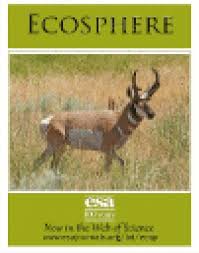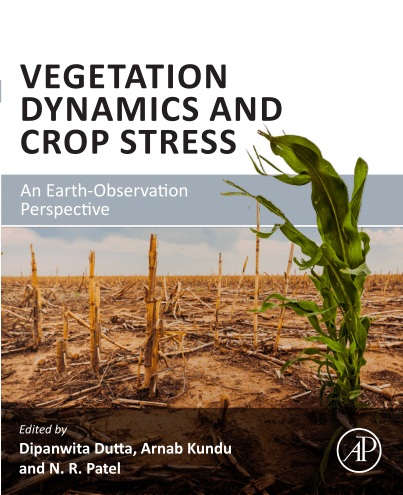Typhoons cause damage to mangrove ecosystems, hampering their delivery of ecosystem goods and services, including coastal protection. We examined the vegetation resistance (VR) and seedling regeneration potential (SRP) of three mangrove genera: Rhizophora, Sonneratia and Avicennia at the seafront areas. We assessed genus-specific resistance to and recovery from the impacts of Typhoon Haiyan, by far the strongest storm to make landfall in recorded history. VR was estimated using density, tree height and diameter at breast height (DBH). SRP was measured as the post-disturbance seedling growth rate within a given plot.Thirty-six 3m-radii plots were established in the typhoon-affected mangrove areas of Ormoc City and Tacloban City in Leyte; and Quinapondan and General MacArthur in Eastern Samar. Results showed that Avicennia and Sonneratia species yielded the higher average VR values, as compared to Rhizophora,which had the lowest VR across all sites. The different genera could also be arranged from highest to lowest SRP: Avicennia (67.27 ± 2.62 cmyr-1)>Rhizophora (32.46 ± 4.64 cmyr-1). Overall, our findings on the higher relative VR and SRP values of Sonneratia and Avicennia calls for a shift to these species in mangrove planting at the seafront areas, which currently favor Rhizophora. - See more at: https://www.cddjournal.org/article/view/vol01-iss01-001#sthash.22CAKqC7.dpuf
DOI:
https://doi.org/10.18783/cddj.v001.i01.a01
Altmetric score:
Dimensions Citation Count:
























